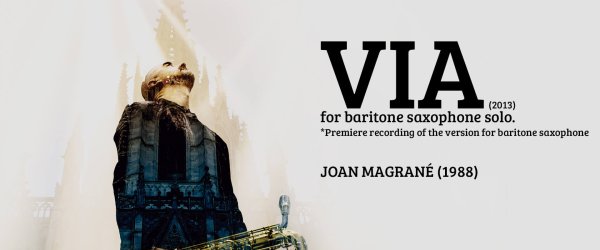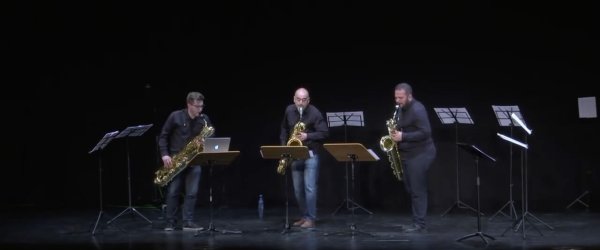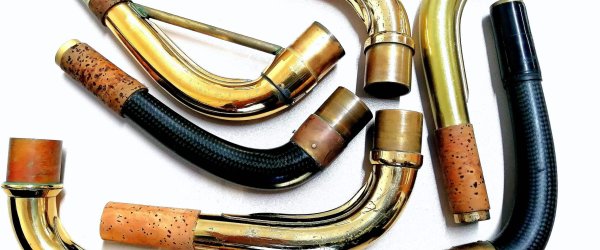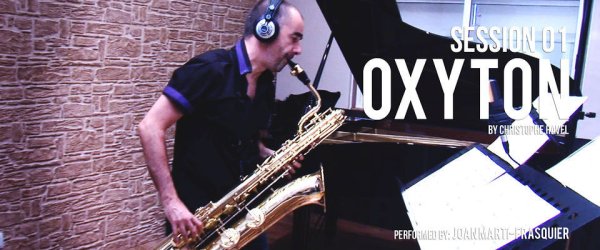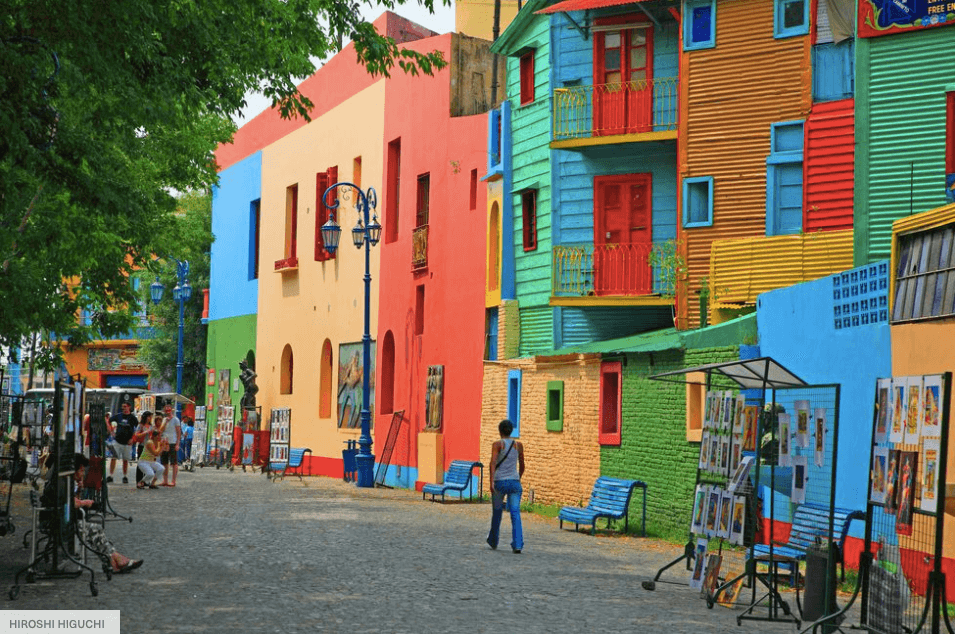
Picture from Buenos Aires (Argentina) by Hiroshi Higuchi
The SUITE by Fernando Lerman is a great combination of Argentinian traditional music, modern music and French classical music for saxophone. Furthermore, it works very well in concert.
The Composer
FERNANDO LERMAN (Buenos Aires, Argentina, 1968) is a very active saxophonist and composer. He is Professor at the Conservatorio Manuel de Falla and the Department of Music and Sound Arts of the Universidad Nacional de las Artes. His music has been performed all over the world. His production includes Works for saxophone in all kind of formats, chamber music and some symphonic pieces.
Click here to read more about the composer.
Details of the Work
Publishing: Download it here (https://fernandolerman.com.ar/catalogo-de-obras?start=40)
Duration: ca. 17:30
Range (written): Bb2 – SOLb5 (Bb5, optional)
TECHNIQUES: Fast excerpts, glissandi, tonguing accuracy, diversity of articulations, frequent key changes.
INTERPRETATION: Possibility of improvising on chords, play with lot of energy and expression, performing attitude.
Listen to my version:
Meaning and structure of Lerman’s Suite
Composed between 2001 and 2008, this SUITE was the result of numerous factors when Lerman was studying the Suites for Cello Solo by Johann-Sebastian Bach. After composing a solo piece for his friend Jorge Retamoza, Lerman set out to make a series of music portraits of very close saxophonists: María Noel Luzardo, Hugo Pierre and Víctor Skorupski. The last one is a self-portrait.
We can see the influence of Argentinian traditional music (tango, tango-canción, candombe or cueca norteña) in each movement. We also notice the harmony and phrasing of different jazz and modern music styles. Furthermore, we also see a certain French classical touch in the treatment of the saxophone.
Although the movements of the SUITE by Fernando Lerman can be played separately, I have always performed it entirely in some “conventional” concerts. From the very beginning, I thought that the audience would like this combination of styles very much. In addition, it wouldn’t necessarily have to include Piazzolla in a traditional/modern concert proposal. With the authorization of the composer, I made some changes to “customize” this work according to the baritone saxophone, as you heard above.
Here’s a short comment of every piece. I have also included a video with the version and comment of each saxophonist to whom it was dedicated. Don’t skip them, they are very interesting.
- Saxoneón. I feel this piece as an introduction or prelude to the SUITE. This is the reason why I play it calmly and thoughtfully although it also has the expressivity and energy of a tango. Watch here the Jorge Retamoza’s version.
- Dulce charrúa. I like the contrast between the two themes of the movement: agile and rhythmic vs melodic. Watch here the María Noel Luzardo’s version.
- Gardeliana. Dedicated to Lerman’s profesor, Hugo Pierre, this is the most expressive movement of the Suite. It should to be played very expressive and free. The solo transcribed in the central section is simply wonderful.
- Fango (funk go). This movement is composed in a A-B-A form, which central section is very short and slow. First and third sections are very rhythmical, funkier the first one and more tanguistic the latest one. It is a brilliant movement. Watch here the Víctor Skorupski’s version.
- Yolleando. It is the fastest and shortest movement of the SUITE. It is very demanding for its fast excerpts, tonguing and wide intervals. Watch here the Fernando Lerman’s version.
Would you like to know more about this SUITE by Fernando Lerman? Would you like to work on it? Don’t hesitate to contact me for more questions.
Joan Martí-Frasquier
Barcelona, May 2024

